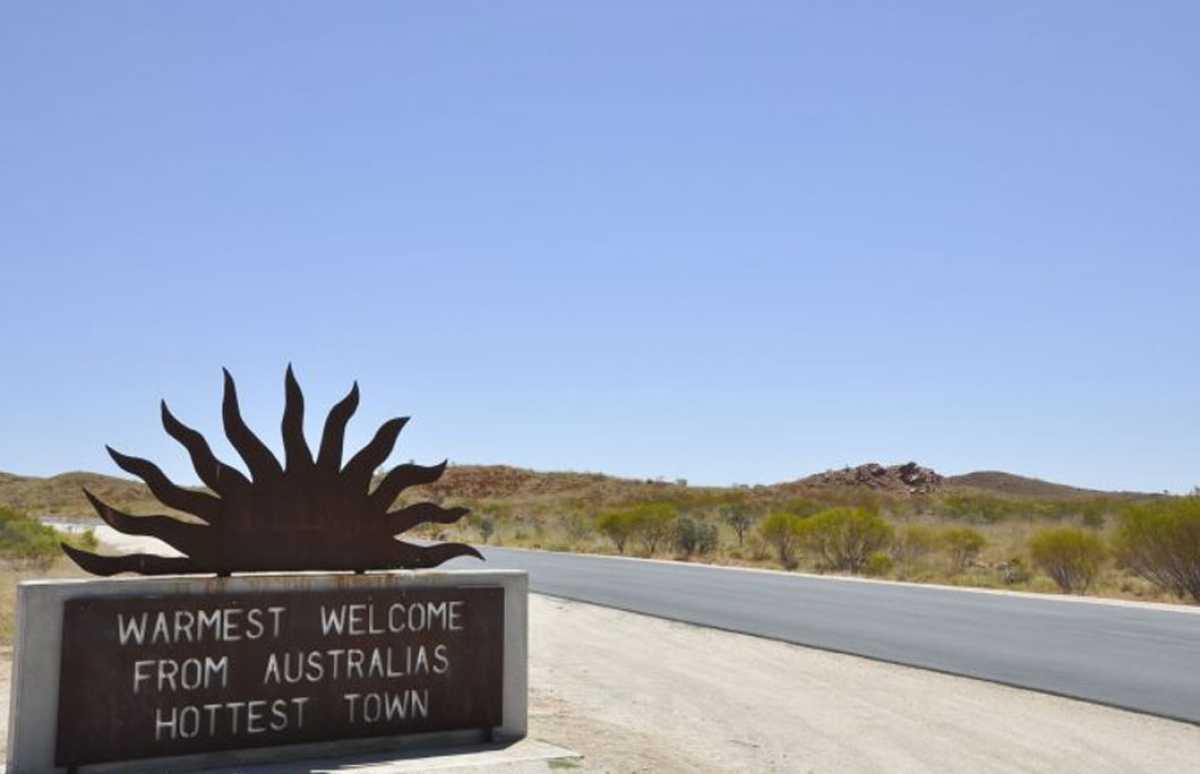Health
Icy Blast Chills Australia’s East: Understanding the ‘Feels-Like’ Temperature Discrepancies

Large parts of Australia‘s east have experienced a significant drop in temperatures, with many regions recording their coldest mornings of the year in the past couple of days. The icy weather has swept across the country, leading to ‘feels-like’ temperatures that are notably cooler than the actual readings.
Observations from the Bureau of Meteorology (BOM) have revealed that cities like Melbourne, Sydney, Canberra, and Hobart have felt between 3-6 degrees Celsius colder than their recorded minimum temperatures. Additionally, regional areas such as Toowoomba, Oakey, and Roma in Queensland, along with Glen Innes in New South Wales and alpine regions like Thredbo and Perisher have experienced even lower ‘feels-like’ temperatures.
The discrepancy between actual and perceived temperatures can be attributed to the impact of wind on heat loss through convection. The faster the winds, the quicker the process of heat loss occurs, resulting in a much colder sensation. The University of Sydney‘s Professor Ollie Jay explains how wind speed plays a crucial role in determining the ‘feels-like’ temperature, intensifying the chilling effect on the body.
The Bureau of Meteorology uses a calculation based on factors like wind speed and humidity to determine the apparent temperature, or ‘feels-like’ temperature. However, individual characteristics such as gender, age, clothing, and location can also influence how cold or warm a person feels. Women, for instance, tend to feel colder than men due to their higher surface area to mass ratio.
The recent cold snap affecting large parts of the east coast is the result of a low-pressure system in the Tasman Sea bringing icy southerly winds to southeastern Australia. Widespread frost has been observed across Tasmania, Victoria, the ACT, and New South Wales, with temperatures dropping to record lows in some areas like Tambo, Thangool, and Roma airport in Queensland.
As the country braces for the winter solstice and the arrival of another cold front over the weekend, meteorologists predict even colder temperatures and widespread frost. The unusual weather patterns are expected to persist, leading to chilly mornings followed by mild daytime temperatures across the affected regions.












